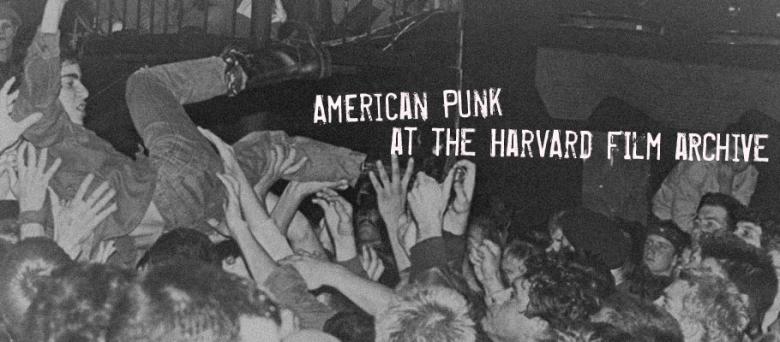It is increasingly difficult to write about punk rock without slipping into clichés. So much has already been said about what it meant or what it might still mean, and as I noted in my review of Celine Danhier’s Blank City earlier this year, endlessly eulogizing and calmly studying (from a safe distance created by time) a movement that had youth, rebellion, and destruction at its core can feel more than a little odd. But there’s still something magnetic about the disruptive force that we call punk, and its connection to – and impact on – the film world should not be discounted. The affinity shouldn’t be surprising: punk was undeniably about being heard, but it was also about being seen—think spiked hair, safety pins, heavy makeup on girls and boys, Johnny Rotten’s vacant stare. And there are plenty of more obvious connections. The Ramones wrote songs inspired by The Texas Chainsaw Massacre and Tod Browning’s shocker Freaks (a film that’s as punk as they come, even if it was four decades early), they starred in Rock ‘n’ Roll High School and even performed the theme song for Pet Sematary. The story of The Sex Pistols has been told and retold in movies of varying levels of fictionalization, and one of Sid Vicious’ most iconic moments, snarling through “My Way” before turning a gun on his audience, was created for a film. Cinema has fed the punk imagination, and filmmakers have found punk to be a compelling muse.
It’s fitting, then, that in the coming weeks, the Harvard Film Archive will be hosting a retrospective of films that, in their words, “feature punk music, punk performers and above all, punk aesthetics.” Their focus will be on North American films, and they’re sidestepping a few of the more obvious choices, like Rock ‘n’ Roll High School and Alex Cox’s 1984 cult staple Repo Man, in favor of pivotal punk films that rarely turn up on the repertory circuit. In addition to Amos Poe and Ivan Kral’s 1976 documentary The Blank Generation, which captures the legendary New York scene of the seventies, the series will include later films that speak of punk’s spreading influence and even integration into the mainstream. (Though it must be said that only a particularly gritty film series could claim Dan O’Bannon’s The Return of the Living Dead as a comparatively mainstream entry.) In a nod to the significance of women as a creative force in punk, the series will feature three films that were helmed by notable female directors early in their careers: Penelope Spheeris will be represented by both a documentary (The Decline of Western Civilization) and a narrative feature (Suburbia), and Allison Anders’ debut film, Border Radio will also screen.
“American Punk” runs from September 2-26 at the Harvard Film Archive. Please refer to this page during the next few weeks for reviews of select series films.
Reviews
-

Times Square
1980 -

D.O.A.: A Rite of Passage
1980 -
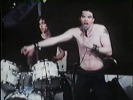
The Decline of Western Civilization
1981 -
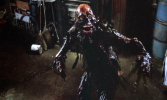
The Return of the Living Dead
1985 -
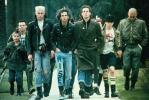
Suburbia
1984 -
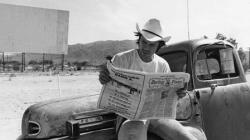
Border Radio
1987 -

Desperate Teenage Lovedolls
1984 -

The Blank Generation
1976
We don’t do comments anymore, but you may contact us here or find us on Twitter or Facebook.



